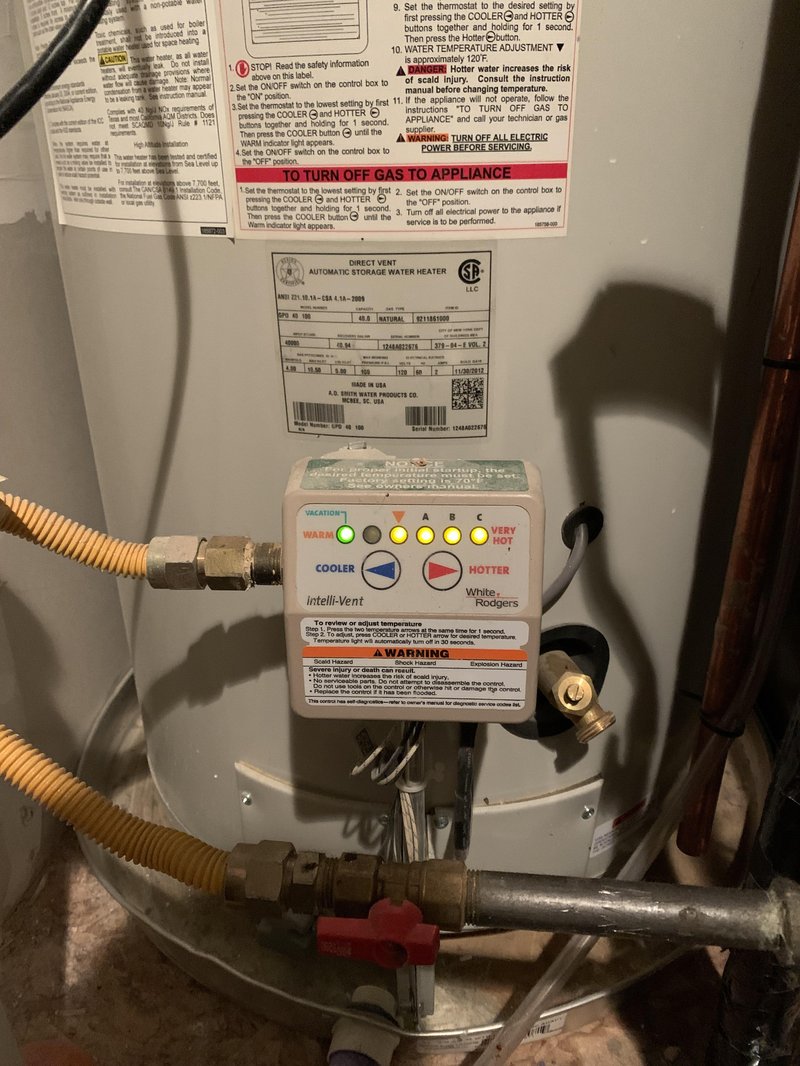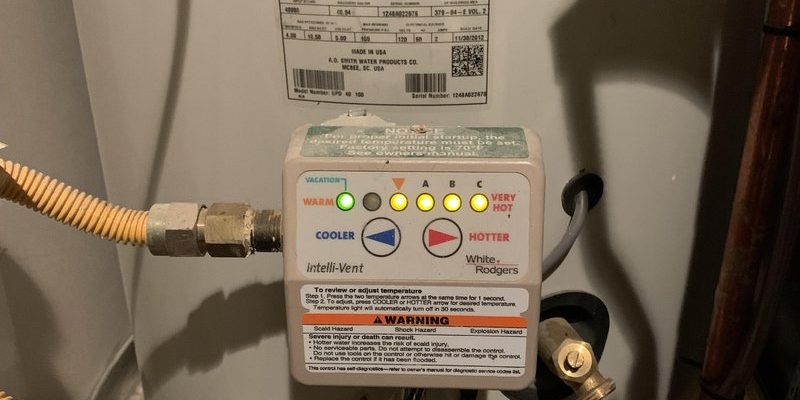
But here’s the deal: errors like these don’t always mean there’s a huge problem. Sometimes, they come up due to simple issues that can be resolved easily, like resetting the system. Picture it like rebooting your computer when it acts up. Just like a fresh start can clear temporary glitches on your PC, resetting your water heater can sometimes resolve these pesky error codes. However, before you jump to conclusions, let’s delve deeper into what causes the LE code and whether a reset is your go-to solution.
Understanding the Kenmore Error Code LE
Kenmore water heaters, like any smart appliance, are equipped with sensors and systems designed to maintain optimal performance and safety. An “Error Code LE” usually signals that the unit has detected moisture in an area where it shouldn’t be. This situation is akin to finding water pooling around your refrigerator—it’s a sign something’s not quite right, and it needs your attention.
This code typically arises due to various reasons. One common cause is an actual leak, maybe from a damaged valve or a loose connection. If water seeps out, it can trick the water heater’s sensors into believing there’s a bigger problem afoot. Alternatively, it could be a false alarm caused by condensation or humidity levels, especially in colder or more humid climates. It’s like when a foggy mirror in your bathroom doesn’t mean it’s cracked—it just needs a wipe.
Another potential issue could be with the sensors themselves. If they’re malfunctioning, they might mistakenly report a leak where none exists. This is similar to a smoke detector going off due to steam rather than smoke. Understanding these potential causes is crucial before deciding that a simple reset will fix the problem. Each scenario may require a different approach, and sometimes, further inspection might be necessary.
Steps to Reset Your Kenmore Water Heater
If you’re wondering how to attempt a reset, here’s a straightforward process you can follow. First, locate the reset button on your Kenmore water heater. It’s typically found on the water heater’s thermostat. Think of it like a reset button on your router—it’s something you can press to attempt a reset of the system.
Begin by turning off the power supply to the water heater. This is a vital safety step akin to unplugging a toaster before reaching in to fetch a stuck bagel; it prevents any unwanted surprises. Once the power is off, press the reset button firmly. You might hear a click, which is a good sign that you’ve pressed it correctly. After holding it for a few seconds, release it and restore power to the unit.
After resetting, give your water heater a few minutes to settle. This grace period allows it to recalibrate and check if everything’s back to normal. Monitor the display panel for any error codes, and test your hot water to see if things have improved. If the error persists, the issue might extend beyond a simple reset, and further action might be necessary.
When to Call a Professional
So, what if resetting didn’t work, or the LE error code returned? It’s time to consider calling a professional. While DIY solutions can be satisfying, tackling a persistent error like a leak can be risky without the right expertise. It’s similar to trying to fix your car’s engine without any mechanical experience—you might end up doing more harm than good.
A qualified technician can thoroughly inspect your water heater, check for leaks, assess the sensor’s functionality, and ensure all components are in good working order. They have the tools and knowledge to diagnose the problem accurately and safely. This step is crucial, especially if the error is persistent or if there’s visible water damage.
Moreover, professionals can offer advice on maintaining your water heater to prevent future issues. They might suggest regular inspections or show you how to safely handle minor problems yourself. Knowing when to call in the experts is an essential part of being a responsible homeowner.
Preventing Future Error Le Occurrences
Preventative measures can go a long way in keeping your Kenmore water heater running smoothly. Regular maintenance is key—it’s like brushing your teeth to prevent cavities. Ensure you check for any visible leaks, corrosion, or unusual noises regularly. These could be early signs of a developing problem.
Maintaining a proper environment around your water heater can also help. Ensure the area is dry and well-ventilated to prevent condensation from triggering false alarms. Think of it like keeping a potted plant—provide the right conditions, and it will thrive. Cleaning and checking the sensors can also prevent unnecessary error codes, as these delicate components can be prone to dust and grime buildup.
Finally, familiarize yourself with your water heater’s manual. Understanding its indicators and alerts can prepare you for future issues, ensuring you react appropriately. This proactive approach can increase your appliance’s lifespan and save you from unexpected cold showers down the line.
In conclusion, while resetting your Kenmore water heater can sometimes resolve error code LE, it’s crucial to understand the underlying reasons for these alerts. By knowing when to DIY and when to seek professional help, you can effectively manage your appliance and prevent future hiccups.
